Cowboys are, of course, a mainstay of American culture. So it’s curious that more attention isn’t paid to the animals that kept them off their feet. Deanne Stillman’s entertaining new book elucidates the perhaps obvious but still compelling story of just how significant the horse was in the history of the nation. As Stillman’s book makes clear, beginning with a vivid opening chapter that details Cortés’ defeat of Montezuma and the Aztecs, the entire conquest of the Americas simply could not have happened without horsepower.
Familiar chapters in American history receive an entertaining interpretation. Stillman presents a whole chapter on Comanche, the horse ridden by George Custer during his fateful last stand at the Battle of the Little Bighorn in Montana.
In the carnage, Comanche survived, “a valiant war veteran … his head hung low, blood oozing from his seven bullet wounds—or perhaps it was 10 or even 12, the record varies—and his saddle now upside down and hanging from his belly.”
Inspiring a nation on the verge of celebrating its centennial, Comanche was nursed back to health at Fort Lincoln, in the Dakota Territory, and named the fort’s second commanding officer—to be kept in a comfortable stall and never ridden again.
More
- Mustang: The Saga of the Wild Horse in the American West
- ***
- Deanne Stillman
- Houghton Mifflin
- $25
Later chapters detail the rise of Buffalo Bill, who ushered in the end of the real frontier and simultaneously preserved it forever in the nation’s consciousness; the great cattle drives, which involved, in the 20 years after the Civil War, some million horses and 6 million cattle; and, not least, the horse’s starring role in Hollywood.
What tied all the peoples in Stillman’s large narrative together—from Indians and cowboys to settlers and conquistadors—was an affinity for the beauty and strength of horses. And yet, as the concluding chapters make clear, the practice of rounding up and killing wild horses has been at least as prolific as the practice of mythologizing them. (The genesis of the book was the killing of six wild horses outside Reno in 1998.)
“At the end of the 19th century, there were 2 million wild horses ranging across 17 states,” Stillman writes—and most of them migrated to Nevada, “staking out territory in the remote mountains and deserts, steering clear of those who would round them up and ship them off to wars or the slaughterhouse.”
In Nevada an 1897 law allowed horses to be killed for profit. Stillman notes that soon after, thousands of horses had been shot and sent to a plant in Ely, “where they became fertilizer, glue or hog food.” This, she contends, created here a “Hydra-headed horseflesh industry” that thrived for the next 70 years.
If there’s a hero of the book, besides the horses themselves, it must surely be Wild Horse Annie, a Reno housewife who, beginning in 1950 and continuing for more than two decades, galvanized national attention to the plight of Western horses. Her work culminated in the 1971 Wild Free-Roaming Horses and Burros Act, which made it illegal to capture, brand or kill wild horses on public land. The last two chapters of the book, which detail continued assaults on the law both by horse-hunters who ignored it and politicians who tried to gut it, read like an unsentimental primer in how power in a democracy really works.
It would have been nice if Stillman had said a little more about the connection African-Americans have to horses; among the rich and well-documented history of black cowboys in the U.S., explorer Jim Beckwourth turns up for just a couple of pages, and rodeo pioneer Bill Pickett warrants only a paragraph.
And if the tone of the book is a little meandering, with strands of narrative coming and going, it does yield interesting tidbits, such as: The first man to appear in the Spanish records as a vaquero was a Spanish Jew from Seville named Sebastian de Mendoza, who “may have been the first cowboy in the New World …” Or the cowboy who was arrested for trying to blow up a horse-meat canning plant. The man pleaded guilty—“I am a cowboy and I love horses. I can’t bear to think of people eating them.”
Mustang will certainly appeal to equine-lovers, but it will prove equally fascinating to history buffs for its window into the soul of a turbulent nation where ideals continue to find themselves fenced in by reality.
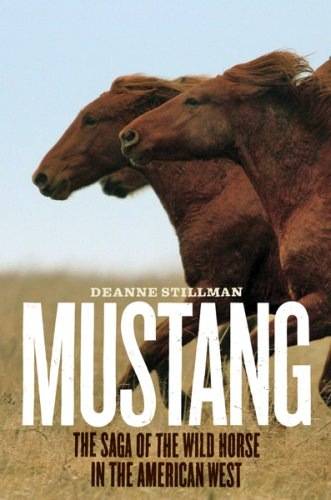

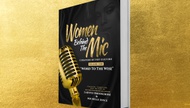


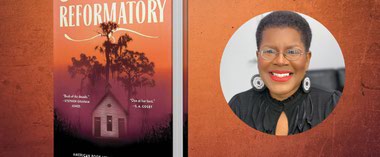
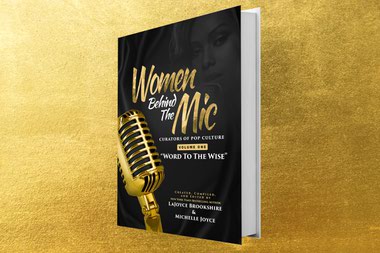
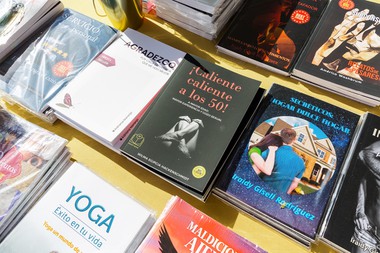
Previous Discussion: